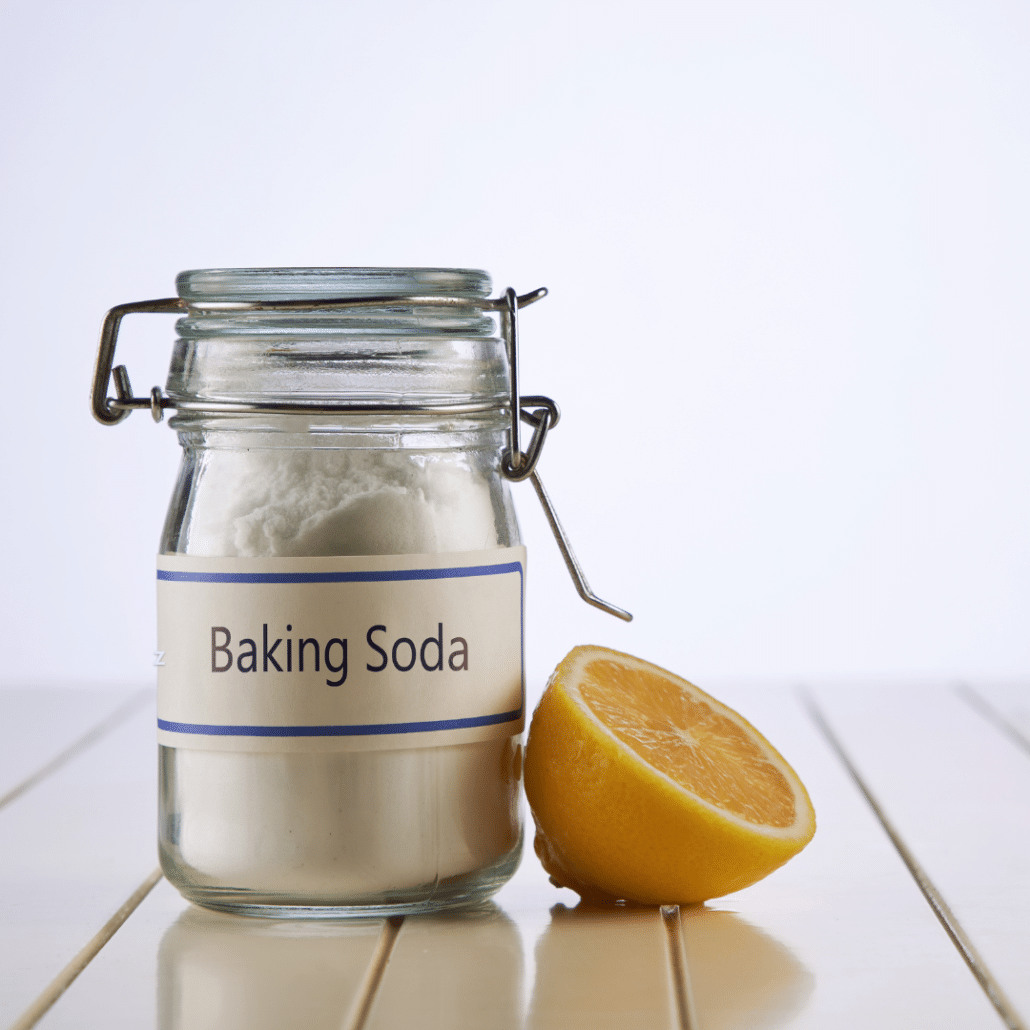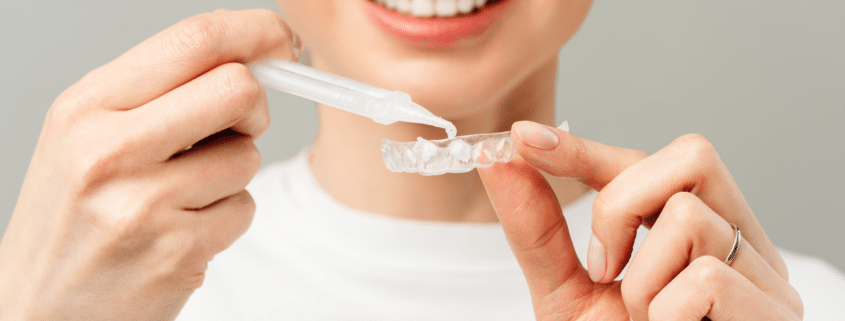The Truth About Teeth Whitening: Myths vs. Facts
Teeth whitening has become a popular cosmetic procedure, promising brighter smiles and increased confidence. However, with its rising popularity, several myths have emerged. Let’s separate fact from fiction and uncover the truth about teeth whitening.
Myth 1: Teeth Whitening Damages Enamel
Fact:
One of the most pervasive myths is that teeth whitening weakens the enamel. Professional teeth whitening, when done correctly, is safe and effective. The whitening agents used by dental professionals are specifically formulated to minimize harm to your teeth. Over-the-counter products can be safe too, but it’s essential to follow instructions carefully and avoid overuse.
Myth 2: Whitening Toothpaste Works Just as Well as Professional Treatments
Fact:
While whitening toothpaste can help remove surface stains, it doesn’t contain the same bleaching agents found in professional treatments. These toothpastes are excellent for maintaining a bright smile but won’t provide the dramatic results of professional whitening.
Myth 3: You Only Need to Whiten Your Teeth Once
Fact:
Teeth whitening isn’t a one-time procedure. The effects of whitening can last anywhere from a few months to a couple of years, depending on your habits and diet. Consuming coffee, tea, red wine, and smoking can cause stains to reappear. Regular touch-ups are necessary to maintain a bright smile.
Myth 4: All Teeth Whitening Treatments Are the Same
Fact:
Teeth whitening treatments vary significantly. Professional treatments offer customized solutions tailored to your specific needs, ensuring optimal results and minimal sensitivity. Over-the-counter products, while effective for some, may not work for everyone and can cause uneven whitening or increased sensitivity if not used correctly.
Myth 5: Whitening Is Painful and Causes Sensitivity
Fact:
Some people may experience temporary sensitivity during and after the whitening process, but it’s usually mild and short-lived. Dental professionals can provide treatments that reduce the likelihood of sensitivity. Using toothpaste designed for sensitive teeth before and after treatment can also help.
Myth 6: Natural Remedies Like Baking Soda and Lemon Juice Are Safe and Effective
Fact:
Natural remedies are often touted as safe alternatives, but they can do more harm than good. Baking soda is abrasive and can wear down enamel over time, while lemon juice is highly acidic and can erode enamel. It’s best to stick with products specifically designed for teeth whitening.

Myth 7: Teeth Whitening Works for Everyone
Fact:
Teeth whitening is most effective on yellowish stains caused by aging or certain foods and drinks. It may not be as effective for brown or gray stains, often caused by smoking or medications. Additionally, whitening doesn’t work on crowns, veneers, or fillings.
Tips for Safe and Effective Teeth Whitening
- Consult Your Dentist: Before starting any whitening treatment, consult with your dentist to determine the best approach for your specific needs.
- Follow Instructions: Whether using professional treatments or over-the-counter products, always follow the instructions to avoid potential side effects.
- Maintain Good Oral Hygiene: Brushing and flossing regularly can help maintain the results of your whitening treatment.
- Avoid Staining Foods and Drinks: Limit consumption of foods and drinks that can stain your teeth, and consider using a straw for beverages like coffee or tea.
- Consider Touch-Up Treatments: Regular touch-ups can help maintain your bright smile.
Teeth whitening can be a safe and effective way to enhance your smile, but it’s essential to be well-informed and cautious about the methods you choose. By understanding the myths and facts, you can make better decisions and achieve the best results for a radiant, confident smile. If you have any questions or concerns, don’t hesitate to reach out to our office or your dental professional.




Leave a Reply
Want to join the discussion?Feel free to contribute!